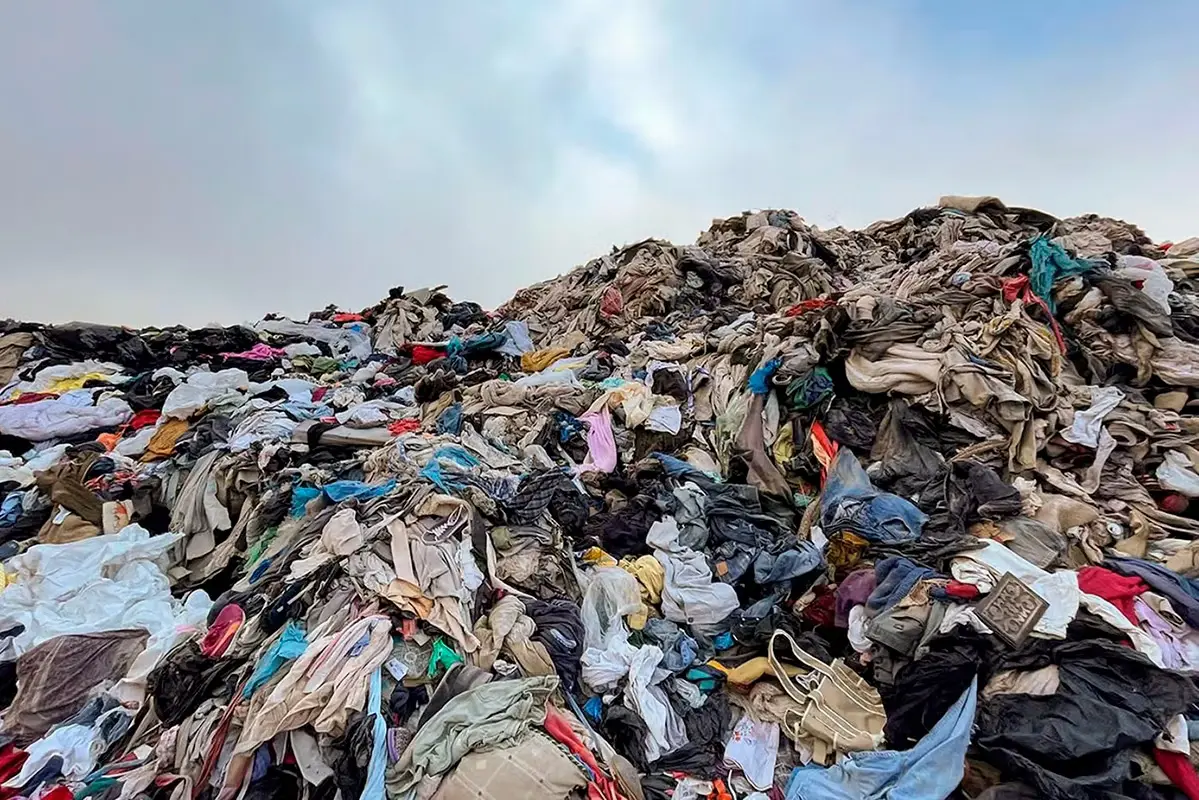Textile waste has become a significant environmental concern. Each year, millions of tons of clothing and fabric end up in landfills. The rise of fast fashion has amplified the problem, but there are ways to address it.
You May Also Like: Exploring Gala Dalí’s Enduring Influence on Art and Fashion
The Impact of Fast Fashion
Fast fashion is a major contributor to textile waste. Brands churn out low-cost, trendy clothing that often lacks durability. Consumers buy more but wear items less frequently. As a result, an estimated 92 million tons of textiles are discarded annually worldwide.
This waste takes decades to decompose. Synthetic fibers like polyester release harmful microplastics during the breakdown process. These microplastics contaminate soil, water, and marine ecosystems.
The Hidden Cost of Production
The environmental toll of textile production is staggering. Making clothes consumes vast amounts of water and energy. For instance, producing one cotton shirt requires 2,700 liters of water. Additionally, the dyeing process often releases toxic chemicals into water supplies, harming local ecosystems.
Solutions to Reduce Textile Waste
- Support Sustainable Fashion
Choose brands that prioritize eco-friendly materials and ethical practices. Look for certifications like Fair Trade and Global Organic Textile Standard (GOTS). - Embrace Secondhand and Upcycling
Thrift shopping and upcycling are effective ways to reduce demand for new clothing. They also give old items a second life, preventing them from becoming waste. - Practice Responsible Consumption
Buy fewer, higher-quality items that last longer. Adopt a minimalist approach to fashion by prioritizing timeless pieces over fleeting trends. - Recycle and Donate
Many organizations and retailers now offer textile recycling programs. Donate gently used clothing to charities or repurpose them into cleaning rags, quilts, or craft projects. - Advocate for Policy Change
Support legislation that enforces recycling initiatives and holds brands accountable for waste. Policies that promote circular fashion systems can significantly reduce environmental impact.
A Call to Action
Tackling textile waste requires collective effort. From consumer choices to industry reforms, every step counts. Together, we can combat this growing challenge and create a sustainable future for fashion.











[…] You May Also Like: Tackling Textile Waste: A Growing Environmental Challenge […]